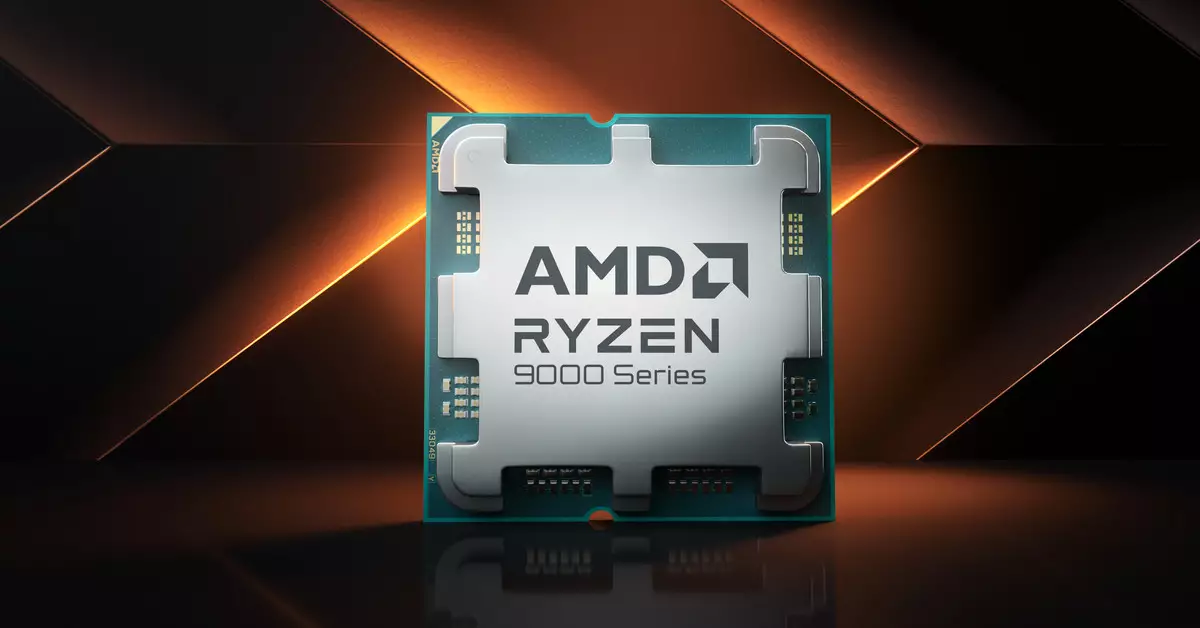In an unexpected turn of events, AMD’s Ryzen 9000X3D desktop processors have come under the spotlight ahead of their official announcement. This revelation originates from a presentation by MSI that inadvertently included details about these unannounced chips. While early showcases can excite consumers, the specifics about their performance elicited a more tempered response. With AMD still recovering from the lukewarm reception of the Ryzen 9000 series, the latest leak raises crucial questions regarding the firm’s strategy moving forward.
Preliminary assessments indicate that the Ryzen 9000X3D chips might offer compelling multicore performance improvements. For instance, early testing has revealed that an eight-core 9000X3D model could outperform its predecessor, the Ryzen 7 7900X3D, by as much as 28 percent in benchmarks like Cinebench R23. However, when it comes to real-world gaming scenarios, such as those exemplified by “Black Myth: Wukong” and “Shadow of the Tomb Raider,” the incremental performance gains have been minimal, registering at a mere 2 percent. This disparity between synthetic benchmarks and practical application raises significant concerns for AMD, highlighting that raw numbers on paper do not always translate into noticeable advantages for end-users.
Moreover, the findings presented by MSI suggest that the performance differences between the Ryzen 9000X3D and the standard Ryzen 9000 series processors are negligible—almost indistinguishable in many instances. MSI hedges its remarks with a caveat that “performance is expected to be better on PR samples and retail chips,” leaving a window for hope, yet also casting shadows of uncertainty on the true capabilities of these processors in real-world usage.
Adding complexity to this discussion is the timing and context of the leak itself. It appears that the section discussing AMD’s chips was included amidst a broader presentation focused on Intel’s Core Ultra 200S processors. This raises several questions about the motivations behind this inclusion and whether it was a strategic move or an inadvertent slip. Regardless, the presence of AMD’s unreleased technology within a competitively charged context only serves to underline the urgency for AMD to reclaim its footing in a volatile market.
The partial revelation of the Ryzen 9000X3D raises both eyebrows and anticipations within the tech community. While the potential for enhanced multicore performance is tantalizing, the lack of significant gains in practical applications could lead to consumer skepticism. As AMD gears up for an official launch, it must not only address the performance concerns stemming from its previous Ryzen 9000 series but also strategically position the X3D processors in a landscape increasingly dominated by competitors like Intel. With the stakes high, AMD’s next moves will be critical in determining whether they reaffirm their status in the market or become a cautionary tale of missed opportunities.


Leave a Reply